Find the brake pads
Buy the correct brake pads. Brake pads can be bought at any auto parts stores and auto dealers. Just tell them how many years your car has been driven, the craftsmanship, and the model. It is necessary to choose a brake pad with the right price, but generally the more expensive the brake pad, the longer the service life.
There are some expensive brake pads with metal content beyond the expected range. These may be specially equipped for racing wheels in road races. Maybe you don't want to buy this kind of brake pad, because this kind of wheel equipped with this kind of brake pad is more susceptible to wear. At the same time, some people find that brand-name brake pads are less noisy than cheaper ones.
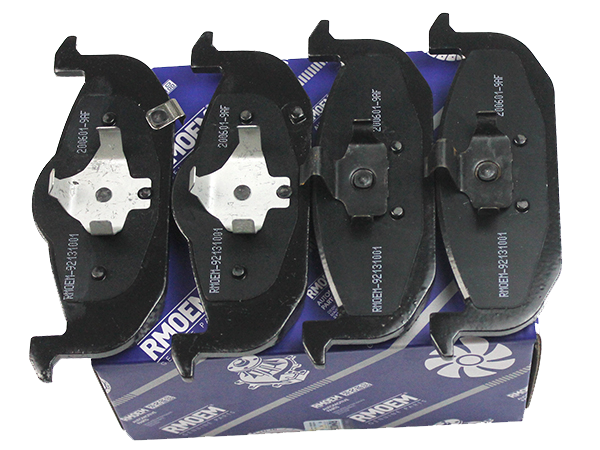
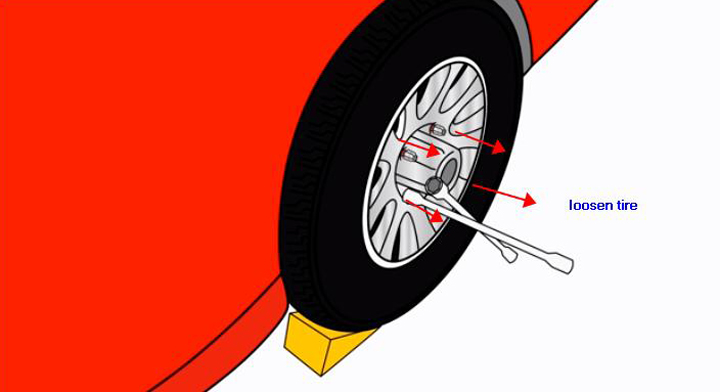
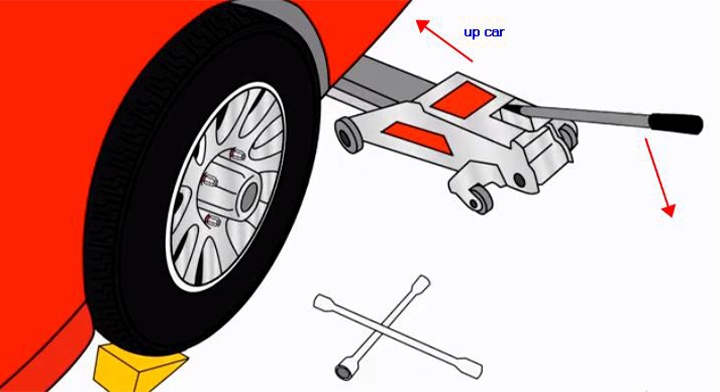
1. Make sure your car has cooled down. If you have driven a car recently, the brake pads, calipers and wheels in the car may be hot. Make sure that their temperature has dropped before proceeding to the next step.
2. Loosen the wheel nuts. Loosen the nut on the tire by about 2/3 with the wrench provided with the jack.
3. Don't loosen all the tires at once. Under normal circumstances, at least the front two brake pads or the rear two will be replaced, depending on the car itself and the smoothness of the brakes. So you can choose to start from the front wheel or from the rear wheel.
4.Use a jack to carefully jack up the car until there is enough room to move the wheels. Check the instructions to determine the correct location for the jack. Put some bricks around the other wheels to prevent the car from moving back and forth. Place the jack bracket or brick next to the frame. Never rely solely on jacks. Repeat on the other side to ensure that the support on both sides is stable.
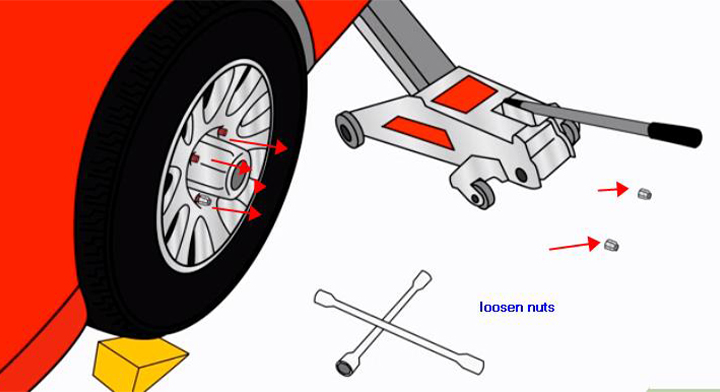
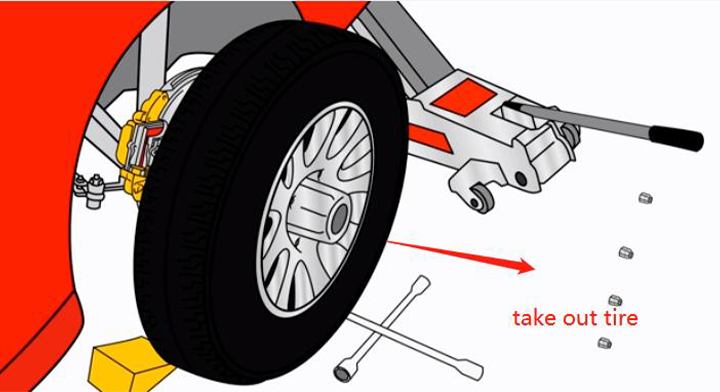
5. Remove the wheel. When the car is jacked up by the jack, loosen the car nut and remove it. At the same time, pull the wheel out and remove it.
If the edge of the tire is alloy or has steel bolts, steel bolts, bolt holes, tire mounting surfaces and rear mounting surfaces of alloy tires should be removed with a wire brush and a layer of anti-sticking agent should be applied before the tire is modified.
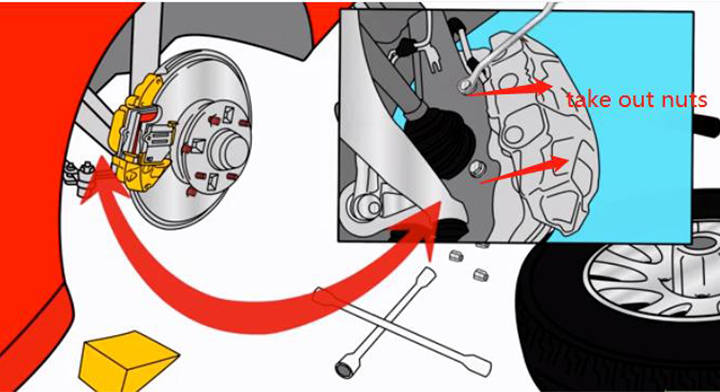
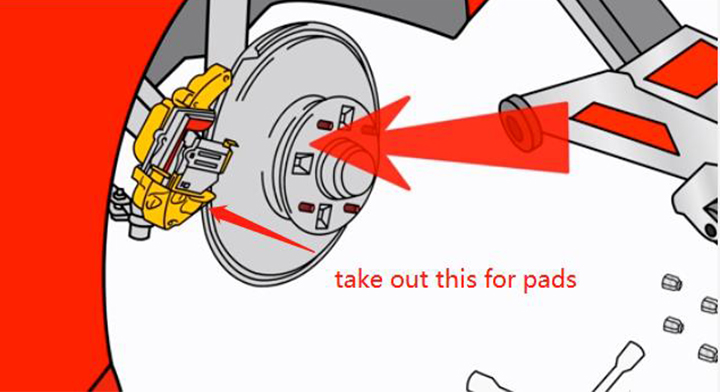
6.Use an appropriate ring wrench to remove the pliers bolts. [1] When the type of caliper and brake tire is appropriate, it acts like a pliers. Before the brake pads work, the speed of the car can be slowed down and the water pressure can be used to increase the friction on the tire. The design of the caliper is generally one or two pieces, protected by two or four bolts around it. These bolts are arranged in the stub axle, and the tire is fixed here. [2] Spraying WD-40 or PB penetration catalyst on the bolts will make the bolts easier to move.
Check the clamping pressure. The caliper of a car should move back and forth a bit when it is empty. If you don't do this, when you remove the bolt, the caliper may fly out due to excessive internal pressure. When you inspect the car, be careful to stand on the outer side, even if the calipers have been loosened.
Check if there are washers or performance washers between the caliper mounting bolts and the mounting surface. If there are, move them and remember the location so that you can change them later. You need to reinstall the calipers without the brake pads and measure the distance from the mounting surface to the brake pads in order to replace them appropriately.
Many Japanese cars use two-piece vernier calipers, so it is only necessary to remove two forward sliding bolts with bolt heads of 12-14 mm, instead of removing the entire bolt.
Hang the caliper on the tire with a wire. The caliper will still be connected to the brake cable, so use a wire hanger or other waste to hang the caliper so that it does not put pressure on the flexible brake hose.
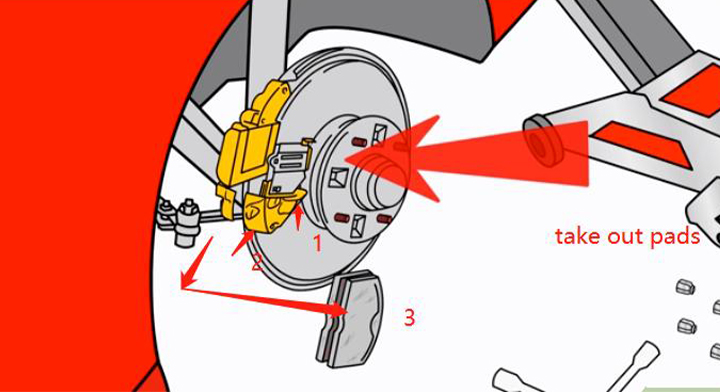
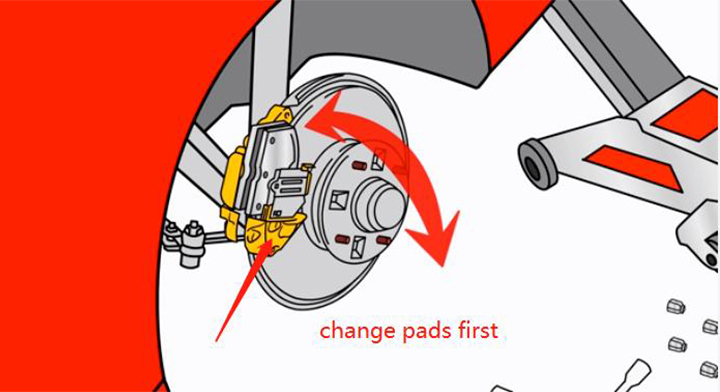
Replace the brake pads
Remove all the old brake pads. Pay attention to how each brake pad is connected, usually clamped together by metal clips. It may take a bit of effort to make it pop out, so be careful not to damage the calipers and brake cables when removing it.
Install new brake pads. At this time, apply anti-seize lubricant to the edge of the metal surface and the back of the brake pad to prevent noise. But never apply anti-slip agent to the brake pads, because if it is applied to the brake pads, the brakes will lose friction and will fail. Install the new brake pads in the same way as the old brake pads
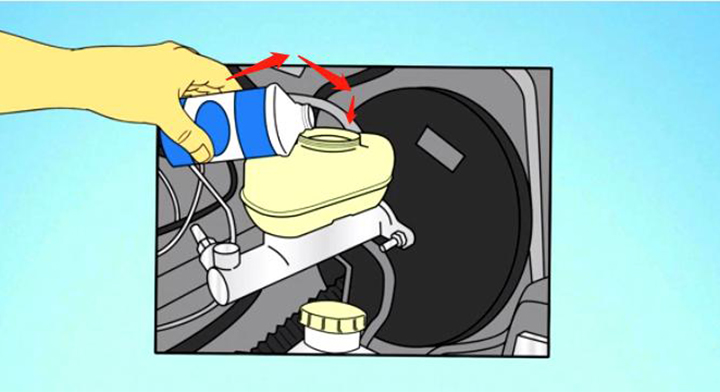
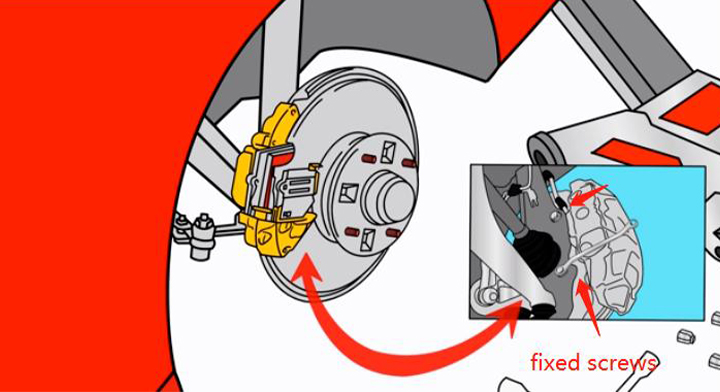
Check the brake fluid. Check the brake fluid in the car and add more if it is not enough. Replace the brake fluid reservoir cap after adding.
Replace the calipers. Screw the caliper onto the rotor and turn it slowly to prevent damage to other things. Replace the bolt and tighten the caliper.
Put the wheels back. Put the wheels back on the car and tighten the wheel nuts before lowering the car.
Tighten the wheel nuts. When the car is lowered to the ground, tighten the wheel nuts into a star shape. First tighten one nut, and then tighten the other nuts according to the torque specifications according to the cross pattern.
Look at the manual to find the torque specifications of your car. This ensures that each nut is tightened to prevent the tire from falling off or over tightening.
Drive the car. Ensure that the car is in neutral or stopped. Step on the brake 15 to 20 times to ensure that the brake pads are placed in the correct position.
Test the new brake pads. Drive the car on a low-traffic street, but the speed cannot exceed 5 kilometers per hour, and then apply the brakes. If the car stops normally, do another experiment, this time increasing the speed to 10 kilometers per hour. Repeat several times, gradually increasing to 35 kilometers per hour or 40 kilometers per hour. Then reverse the car to check the brakes. These brake experiments can ensure that your brake pads are installed without problems and can give you confidence when you are driving on the highway. In addition, these test methods can also help to install the brake pads in the correct position.
Listen to see if there are any problems. New brake pads may produce noise, but you have to listen for the sound of crushing, metal and metal scratching, because there may be brake pads installed in the wrong direction (such as upside down). These problems must be Solve immediately.
Post time: Dec-23-2021

